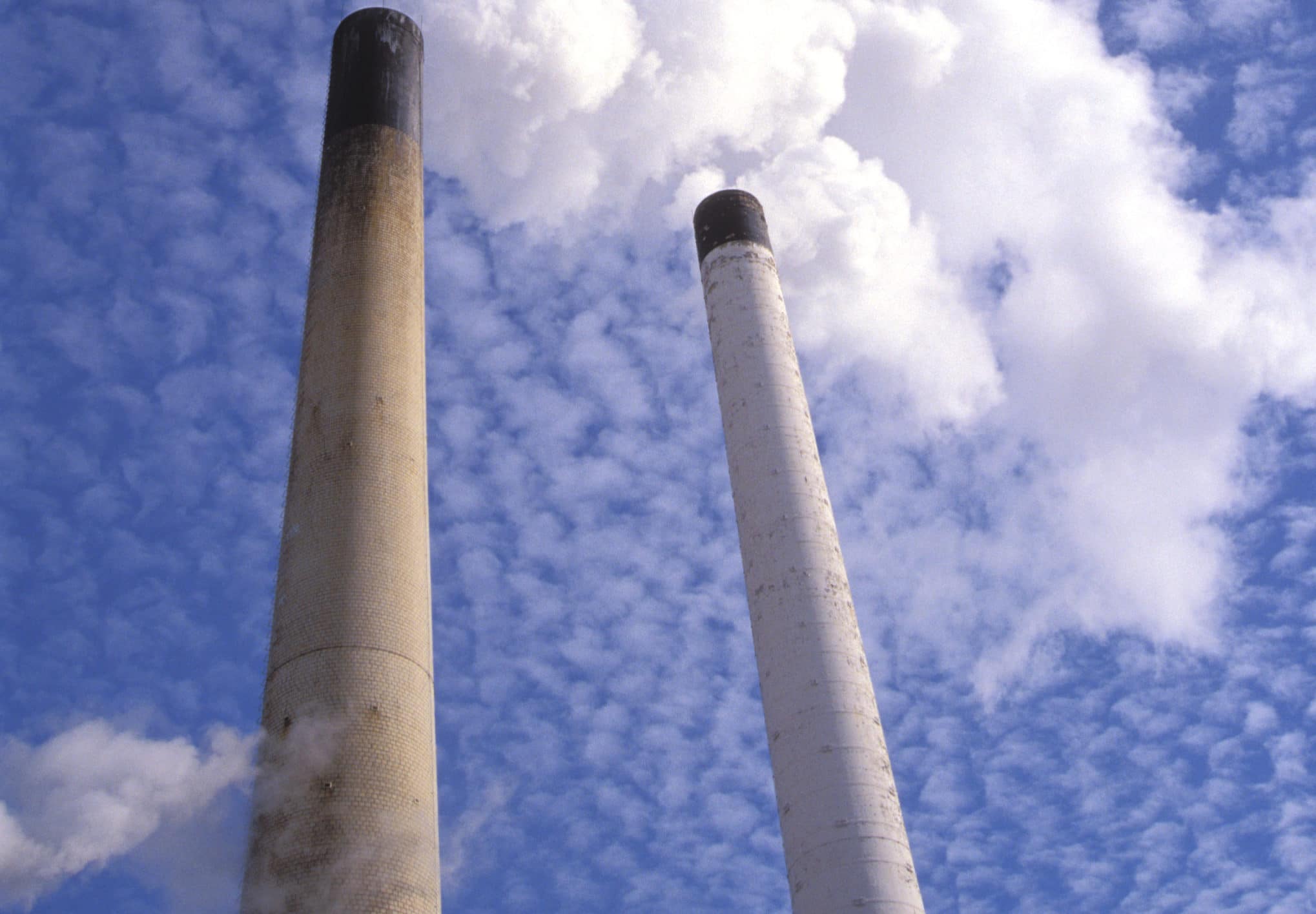
A recent Chicago Tribune article reported that as Governor Rauner moves to “rescue” coal plant operator Dynegy, pollution could increase. Dynegy requested and was actively consulted in crafting a rule-change for the “Multi-Pollutant Standard” (MPS) in cooperation with Rauner’s Illinois Environmental Protection Agency (IEPA) that would change the way their air pollution emissions are regulated. While air pollution’s effects on human health are well documented (think asthma and heart problems), we often fail to consider its effects on water and wildlife.
Air emissions from coal-fired power plants affect Illinois water and wildlife through acid rain, ozone, mercury pollution, particulate emissions, and global warming. If approved by Rauner and the Illinois Pollution Control Board (IPCB), the rule-change would allow Dynegy to close their cleaner, more costly plants and move production to their cheaper, dirtier plants, with no requirements to lower the pollution cap.
Currently, Dynegy must stay below a limit on their rate of pollution, which is achieved by averaging the emission rate of all eight of their downstate plants. The revised rule would instead impose annual caps on total emissions by their entire fleet. The Tribune reported that the new pollution caps would allow the Dynegy fleet to emit a significantly higher amount than they have during each of the past two years and could cause “a subtle but significant change that could stall or reverse efforts to reduce Dynegy’s contributions to smog, soot and acid rain.”
Dynegy’s dirty plants emit significantly more pollutants than the clean ones, including the pollutants sulfur dioxide, nitrogen oxide, and volatile organic compounds that cause acid rain and ozone.

Acid rain changes the acidity of water bodies and can harm or kill species sensitive to pH levels. Additionally, acidic water can leach aluminum from soils, causing aluminum toxicity in plants and animals.
Ozone causes the same problems in wildlife that humans experience including shortness of breath, chest pain, and even premature death. Plants experience a disruption in photosynthesis when exposed to ozone which can increase their susceptibility to disease, harm their physical appearance, and cause ecosystem-wide problems. Acid rain and ozone have decreased dramatically in the last 30 years, but more needs to be done. New regulations should lead to a reduction in emissions of sulfur and nitrogen compounds, not increases.

Coal-fired power plants are the single largest source of mercury pollution in the U.S. and scientists have found concerning levels of mercury accumulation in wildlife from aquatic ecosystems, causing reproductive, neurological, and immune problems. Illinois’ waters are so contaminated with mercury that the Department of Public Health has issued a statewide advisory suggesting certain populations, including women of childbearing age and children less than 15 years of age, eat no more than one meal per week of predator sport fish from any body of water in Illinois. The MPS rule-change would allow some of Illinois’ dirtiest coal plants to increase their emissions of mercury.
Particulate matter, or particle pollution, includes solid particles and liquid droplets suspended in the air. The particles may be visible to the naked eye in the form of dust, soot, or smoke, or so small that they are only visible with an electron microscope. Although not well studied, particulate matter likely causes the same problems in wildlife that it does in humans, including a decrease in lung function, change in lung structure, and alteration of heart rate and rhythm.
Carbon dioxide emissions are not regulated by the IEPA and will therefore not be affected by the proposed rule-change. However, this move by Rauner’s IEPA will continue to prop-up a dying industry that is one of Illinois’ largest contributors to climate change. Scientists are beginning to understand how global warming will affect local and regional hydrologic cycles, leading to changes in extreme weather events, like droughts and hurricanes. Emerging research shows that plant growth, migration patterns, and the survival of endangered species will be impacted.
Prairie Rivers Network and other environmental and health organizations have worked together to oppose the MPS rule-change, and we recently requested that the IEPA extend the one month long public comment period. Despite having worked in close contact with Dynegy during an extended period (eight months!) to write the rule-change, the IEPA refused the environmental groups’ request for an extension.
The rule is now waiting consideration at the Illinois Pollution Control Board, with a request to expedite the process. Illinois EPA and Dynegy are trying to leave the public behind every step along the way.
Dynegy shouldn’t be able to write their own rules. Another public comment period will occur during the Illinois Pollution Control Board’s deliberations and Prairie Rivers Network will be ready to fight for air quality requirements that will protect Illinois’ health, water, and wildlife!
10/18 Update: Prairie Rivers Network and other health and environmental groups invite you to take action against Dynegy and Rauner’s proposed changes to the MPS on October 24th, @ 9:40am at the Capitol Building (meet at the Lincoln Statue).







